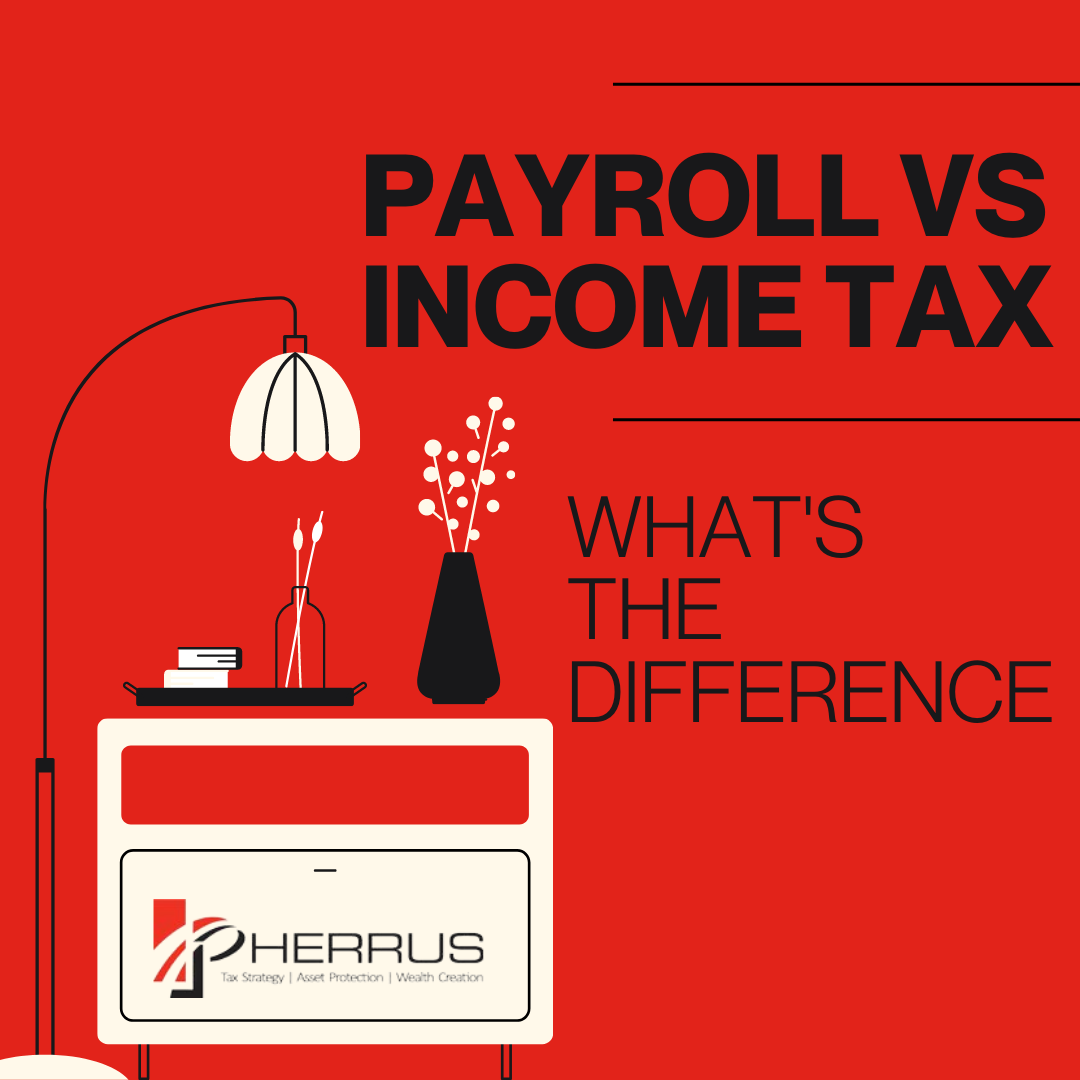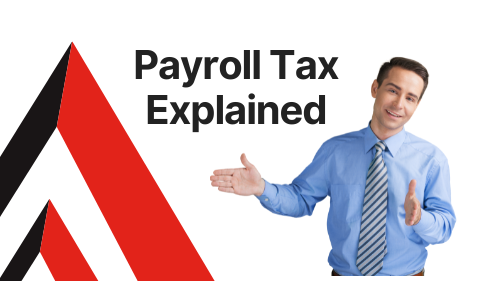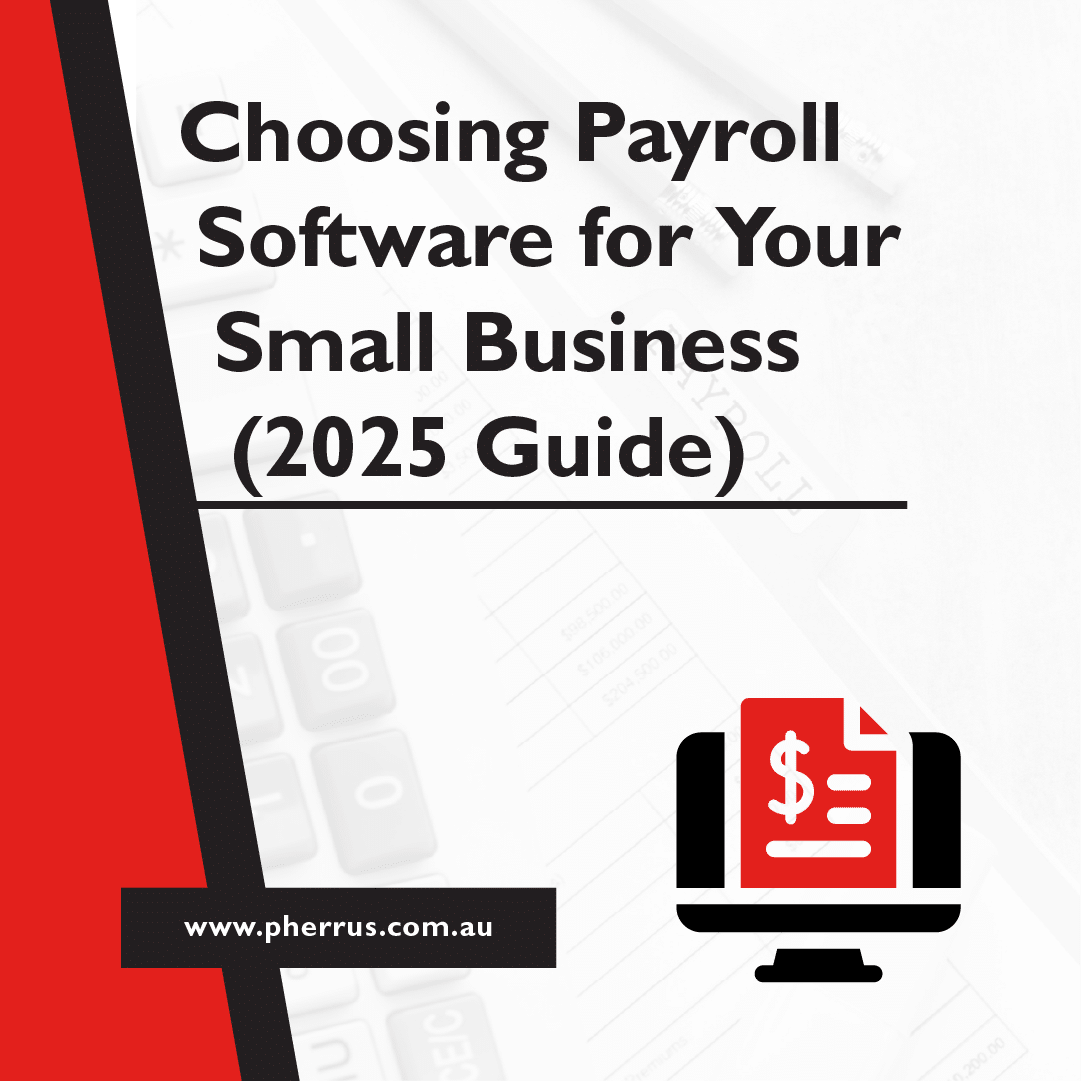While taxes may not be the most thrilling of subjects to talk about, it is a necessary factor of a functioning society.
Therefore, it is useful to understand the different forms of taxes, and essential if you’re running a small business that employs staff.
One of the common areas where people are uneducated is the difference between payroll tax versus income tax.
This is what our accountants will address in the article.
Firstly, in Australia, there are two types of taxation: Payroll tax and income tax
In short, the difference between payroll tax and income tax is that payroll taxes are levied on the employer, while income taxes are levied on the employee. Furthermore, income tax includes a number of different kinds of taxes that are charged to individuals and corporations.
In contrast, the payroll tax is a type of employment tax that is paid by employers to go towards social security and Medicare.
The two types of taxes have different rates and rules. Income tax brackets vary depending on the individual’s income level, but they generally start at 0% for low-income earners and go up to 45% for high-income earners.
Meanwhile, the rate will vary from State and Territory see the link below :
• Income tax rate: 0% – 45% – https://www.ato.gov.au/rates/individual-income-tax-rates/
• Payroll tax rate : 4.85% (NSW) https://www.payrolltax.gov.au/
Payroll Tax Explained
Payroll tax is the most misunderstood tax in Australia.
Payroll tax is a state or territory tax for businesses calculated on the total wages you pay each month.
Whichever state of territory the business operates in collects the tax.
The Australian government imposes different types of taxes on different sources of income. Income tax, for example, is imposed on all sources of income.
Payroll tax, however, only applies to certain types of income.
As such, The Australian government imposes a payroll tax on the gross wages paid to employees.
It is calculated as a percentage of the employee’s salary and paid by the employer in addition to the employee’s normal income tax liability.
The rate is dependent upon the state or territory the business operates.
Payroll Tax Explained
Payroll Tax is calculated as a percentage (%) on gross wages paid to employees.
It’s paid by employers in addition to an employee’s tax depending on the employee’s earnings.
Payroll tax rates vary between each state and territory. As an example:
• On the first $142,800, employer and employee pay 7.65%
• Above $142,800 a further 1.45%
Income Tax Explained
Income tax is one of the most significant sources of revenue for governments.
It is also one of the most significant costs to individuals and businesses.
The Australian Taxation Office (ATO) is the government agency responsible for administering the Australian taxation system.
Unfortunately, there is no escaping income tax.
You’ll need to pay income tax on your wages, salary, bonuses, commissions, dividends and any other income that you earn in Australia.
Income tax can be withheld from your pay by your employer or paid directly by yourself through a PAYG payment.
For example, self-employed people such as sole traders and freelancers are responsible for paying their own tax and submitting quarterly BAS statements if you are required to be registered for GST.
The amount of income tax you pay depends on how much you earn, or which tax bracket you fall into.
Income tax brackets
• $0 – $18,200 – 0%
• $18,201 – $45,000 -19%
• $45,001 – $120,000 – $5,092 plus 32.5 cents for each $1 over $45,000
• $120,001 – $180,000 – $29,467 plus 37 cents for each $1 over $120,000
• $180.000 & over – $51,667 plus 45 cents for each $1 over $180,000
For example, if you have a full-time job and your employer is paying you a salary of $80,000, then you fall into the $45,000 – $120,000 tax bracket and will pay a tax rate of 32.5%
Understanding the Difference between Income and Payroll Tax
Income tax and payroll tax serve different purposes— payroll taxes fund specific programs, while income taxes can be used for any purpose decided by local, state or federal government.
In Australia, payroll tax, also called employment taxes or employer contributions has two components:
1) Withholding Tax – which is deducted from an employee’s pay and paid to the ATO.
2) Payroll Tax – which is paid by an employer on behalf of the employee.
Remember, the amount of payroll tax that an employer pays on behalf of an employee depends on how much they earn.
Income tax, on the other hand, is paid by the employee themselves based on their income level.
However, both income taxes and payroll taxes are withheld by employers when they make payroll.
The main difference between payroll tax and income tax is that payroll taxes are paid by an employer to a government agency for an individual while income taxes are paid directly by an individual to a government agency.
Income taxes are also calculated differently than payroll taxes because they are based on percentage rates while payroll taxes are calculated based on salary levels.
What This Means for You
Unless you run a business, you really only need to concern yourself with income tax.
If, however, you run any business including a small business and you employ any staff, then you must understand payroll tax or hire someone who does, as payroll tax is a type of tax that an employer must pay to the government on behalf of the employee.
Remember, the amount that the employer pays is determined by the income level of their employee.
As an employee, you need not do anything as payroll tax in Australia is automatically taken out of your salary in the form of a percentage.
Moreover, your income tax is calculated on the amount of income you earn after your deductions.
If you are running a business and employing staff then it’s your responsibility to understand and calculate payroll taxes correctly.
To get a fuller understanding of this subject, we cover it by asking What Is Payroll Tax in this helpful post.
The Australian Taxation Office has strict rules and regulations when it comes to paying taxes. As such, it is imperative for the success of your business to remain compliant.
If you would like to gain peace of mind by ensuring you are meeting your tax obligations and minimise the risk of an ATO audit , then reach out to Pherrus Financial today.








